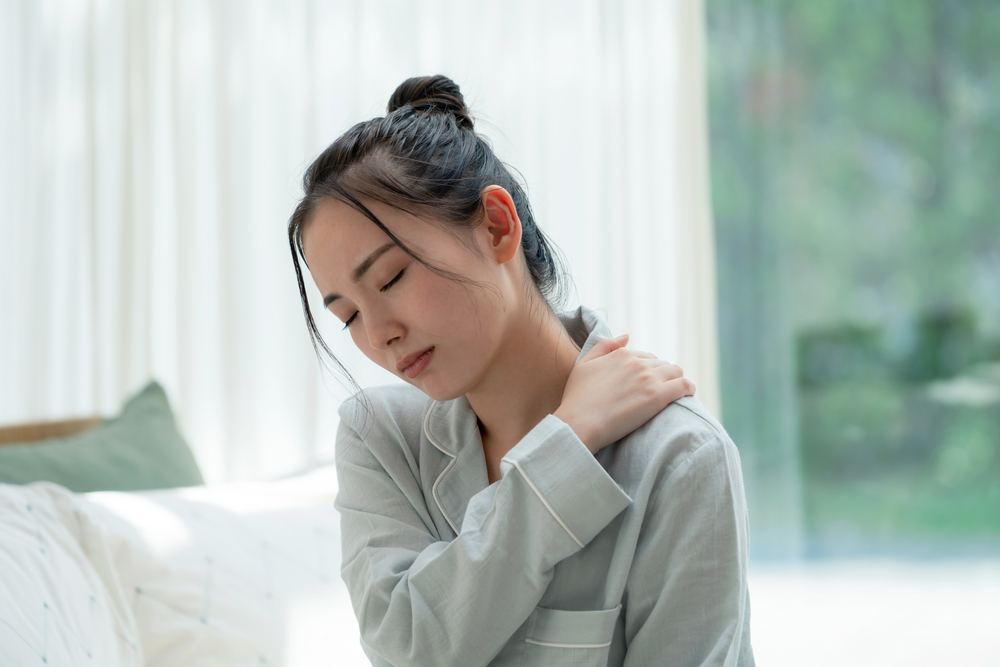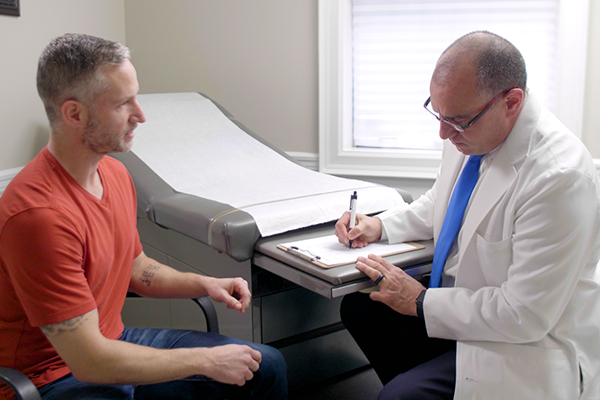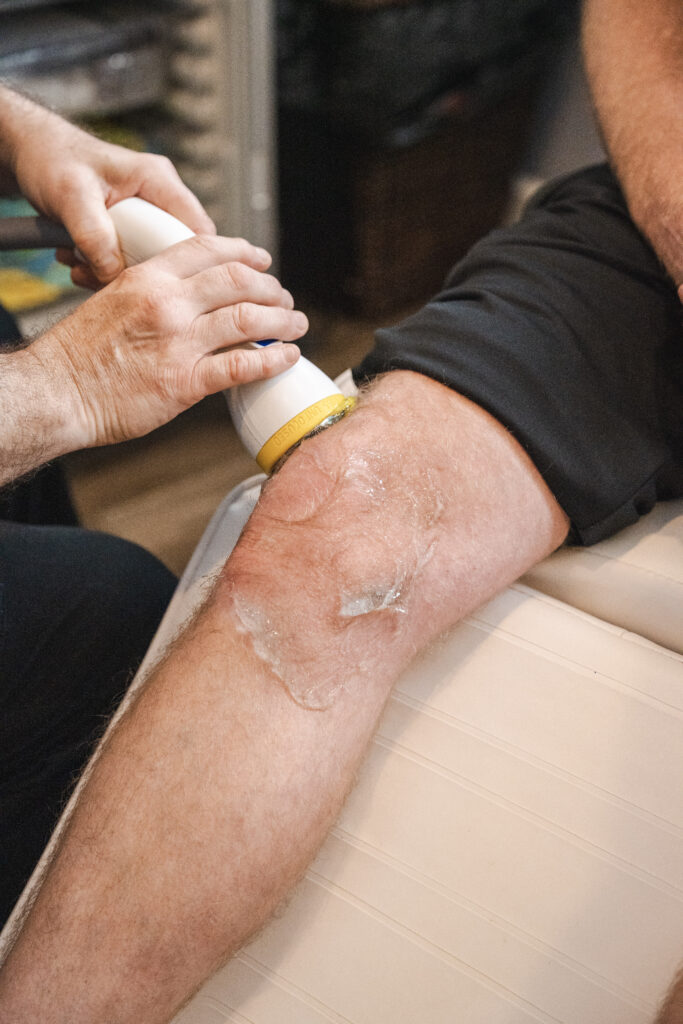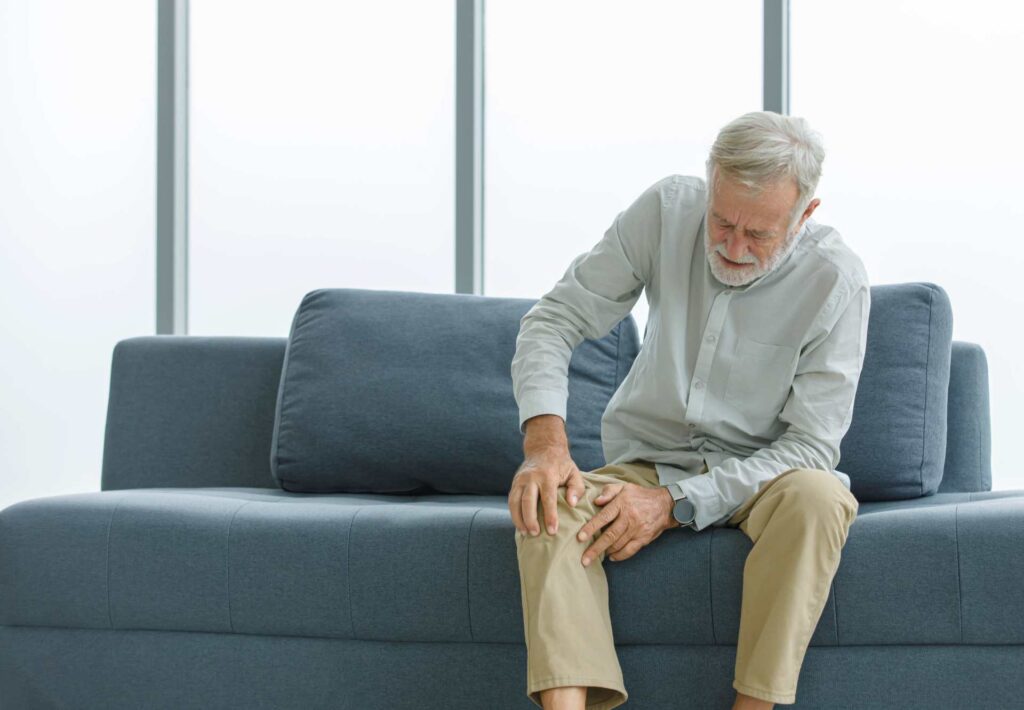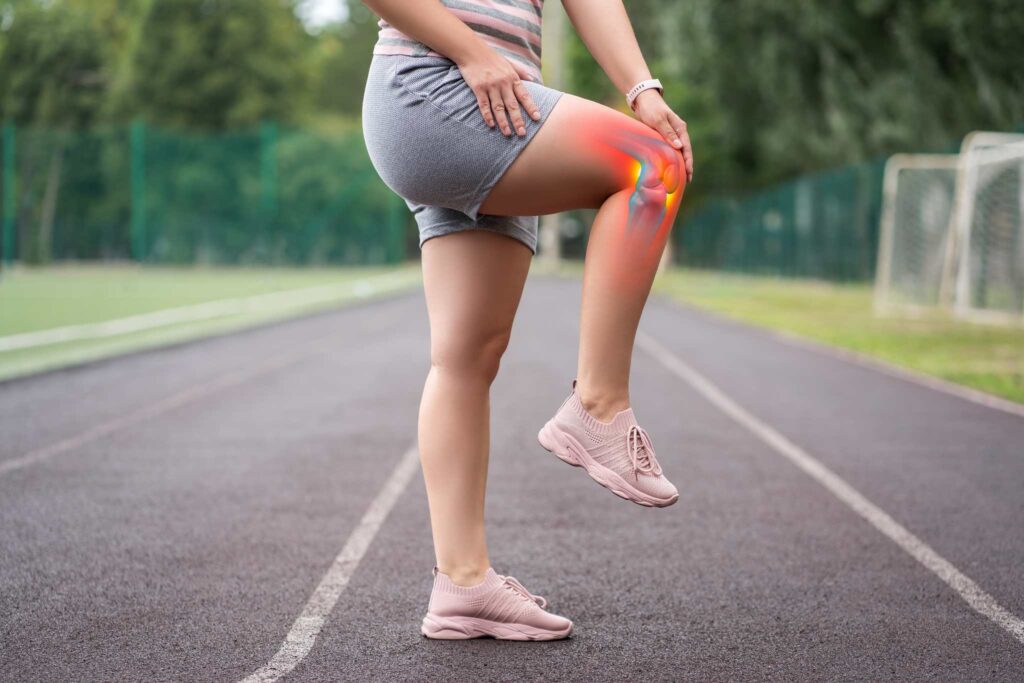How Shockwave Therapy Works
Shockwave therapy serves as a non-invasive treatment that deploys high-energy sound waves to invigorate the body’s inherent healing mechanism. Here is a brief explanation of how this procedure functions:
What is a Shockwave?
Shockwaves, in essence, are rapid sound pulses which are comprised of a high-pressure peak succeeded by a relatively lower-pressure depression. These occurrences are integral to our everyday lives and could be generated by a variety of phenomena such as sonic booms, blasts, thunderbolts, seismic activities, or any incident causing a shift in air pressure.
How do Shockwaves Treat Neck Pain?
A specially designed device is employed to create and securely administer shockwaves to the affected shoulder region. These shockwaves possess the capacity to foster cellular-level healing, enhance blood circulation, and stimulate the body’s intrinsic healing process.
Types of Shockwave Therapy
There are numerous forms of shockwave therapy, but the most frequently employed are radial shockwave therapy (RSWT), focused shockwave therapy (FSWT), and acoustic wave therapy (AWT). Unfocused Shockwave Therapy is also a notable technique for treating neck pain.
Radial Shockwave Therapy utilizes a manual device to deliver pressure waves to the skin’s surface. It is a prevalent method for addressing conditions such as plantar fasciitis, Achilles tendinopathy, and tennis elbow. Nevertheless, for deeper tissue injuries, its effectiveness might be restricted, and patients may require multiple sessions for the best outcomes.
Focused Shockwave Therapy makes use of a device that directs high-intensity shockwaves straight to the afflicted area. This therapy is commonly deployed to handle chronic conditions like plantar fasciitis and slow-healing bone fractures. However, some patients may find this therapy slightly uncomfortable, and the treatment’s intensity may need to be adjusted according to individual patient preferences.
Acoustic Wave Therapy uses a device that delivers low-intensity shockwaves to the affected area. This therapy is routinely utilized to boost blood flow, relieve pain and inflammation, and promote tissue recovery. It’s often used to treat issues like erectile dysfunction and cellulite. However, its low-powered shockwaves may not effectively manage certain conditions.
Unfocused Shockwave Therapy releases high-intensity shockwaves that penetrate a more expansive and deeper tissue region (7cm x 12cm) compared to either focused shockwaves (1cm x 12cm) or radial waves (2cm x 2cm). SoftWave for shoulder pain is the only unfocused shockwave treatment available in the US. Unfocused shockwaves can treat the same conditions as traditional focused shockwave therapy, but they provide superior relief for severe joint and muscle issues such as shoulder, neck, or back pain. Furthermore, unfocused shockwaves may require fewer sessions compared to radial or focused shockwave therapies.

